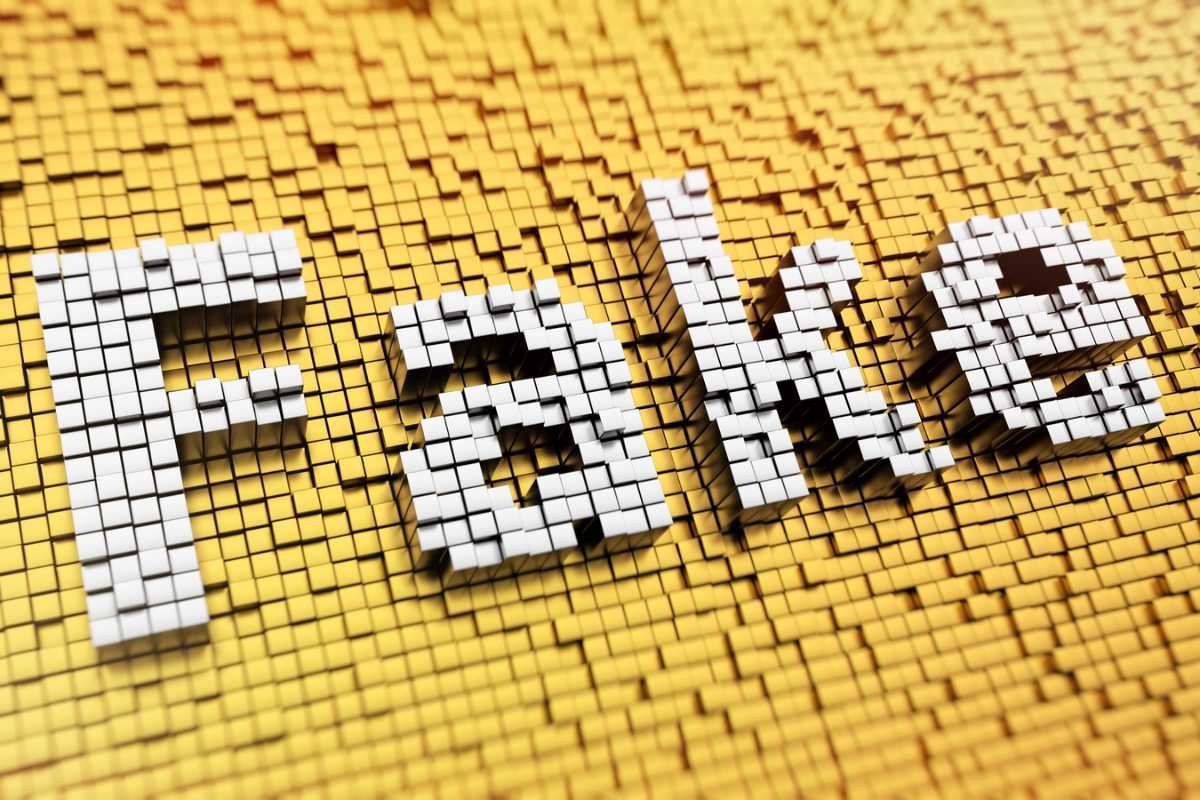A non-fungible token (NFT) is a particular identifier that can be utilized to assign and show possession of digital items utilizing cryptography. NFTs for digital artwork have fetched thousands and thousands of {dollars}. It’s difficult to differentiate between authentic and faux NFT. Find out how to spot a faux NFT?
As non-fungible tokens achieve reputation within the artwork world, extra individuals are asking themselves this query. Plagiarism and fakes have gotten extra of an issue as NFTs assist many conventional and digital artists make artwork worthwhile as soon as extra.
5 Methods To Spot Pretend NFT Assortment
Confirm the legitimacy of the NFT vendor or artist
Test the artist’s web site and social media accounts for those who assume you acquire an NFT instantly from them to substantiate. Be sure to’re viewing an official account and never a faux one created by a scammer.
It’s at all times a good suggestion to double-check the data on official web sites and numerous social media platforms. It’s in all probability a foul signal for those who’re having hassle finding a dependable supply of data. One other selection is to hunt steerage and context in reliable NFT communities.
Rigorously assessment the NFT web site
Fraudsters have been identified to copy complete web sites. Due to this fact, despite the fact that the NFT web site seems to be official, you is likely to be utilizing the flawed URL. For those who look intently sufficient, you may often see indications of fabrication on a faux web site, reminiscent of clean areas, poor-quality textual content, and different errors.
Moreover, it is best to by no means enter your monetary info on an internet site earlier than verifying its legitimacy. When you’ve linked your pockets to a phony web site, its house owners can simply entry your cash.
Additionally Learn: What Are Music NFTs? How Are They Changing Music Industry?
Confirm NFT gross sales quantity
There’s a good probability that the NFT has been traded earlier than in case you are shopping for an NFT from a preferred sequence. By viewing the NFT on a blockchain explorer or NFT marketplace aggregator, you may confirm this. If the NFT has by no means been offered earlier than, additional analysis is worth it.
Test the exercise historical past once more to ensure these transactions don’t contain the identical or a small variety of wallets, even when there have been sufficient gross sales. It’s potential {that a} fraudster is shopping for and promoting their very own counterfeit NFTs in an effort to govern gross sales quantity and value.
Study the price of the NFT
It’s in all probability true if the worth appears too good to be true. To see the way it stacks up towards the asking value of the NFT of curiosity, verify the ground value for your entire sequence. It’s extremely unlikely {that a} crypto punk you discover on the market for $5,000, as an example, is genuine. As beforehand said, it is best to at all times verify to ensure the worth wasn’t manipulated by a choose few wallets, even when it seems to be official.
Test the contract handle on the NFT
One other very important piece of data to confirm is the contract handle of the NFT, along with the vendor’s pockets and the NFT’s on-chain information. You ought to have the ability to study the gathering’s exact contract handle from a dependable supply. The NFT shouldn’t be genuine if it differs. By checking the contact addresses you may determine faux NFTs simply.
Additionally Learn: What is NFT Staking? Pros and Cons of NFT Staking.
The introduced content material might embrace the private opinion of the creator and is topic to market situation. Do your market analysis earlier than investing in cryptocurrencies. The creator or the publication doesn’t maintain any accountability to your private monetary loss.

